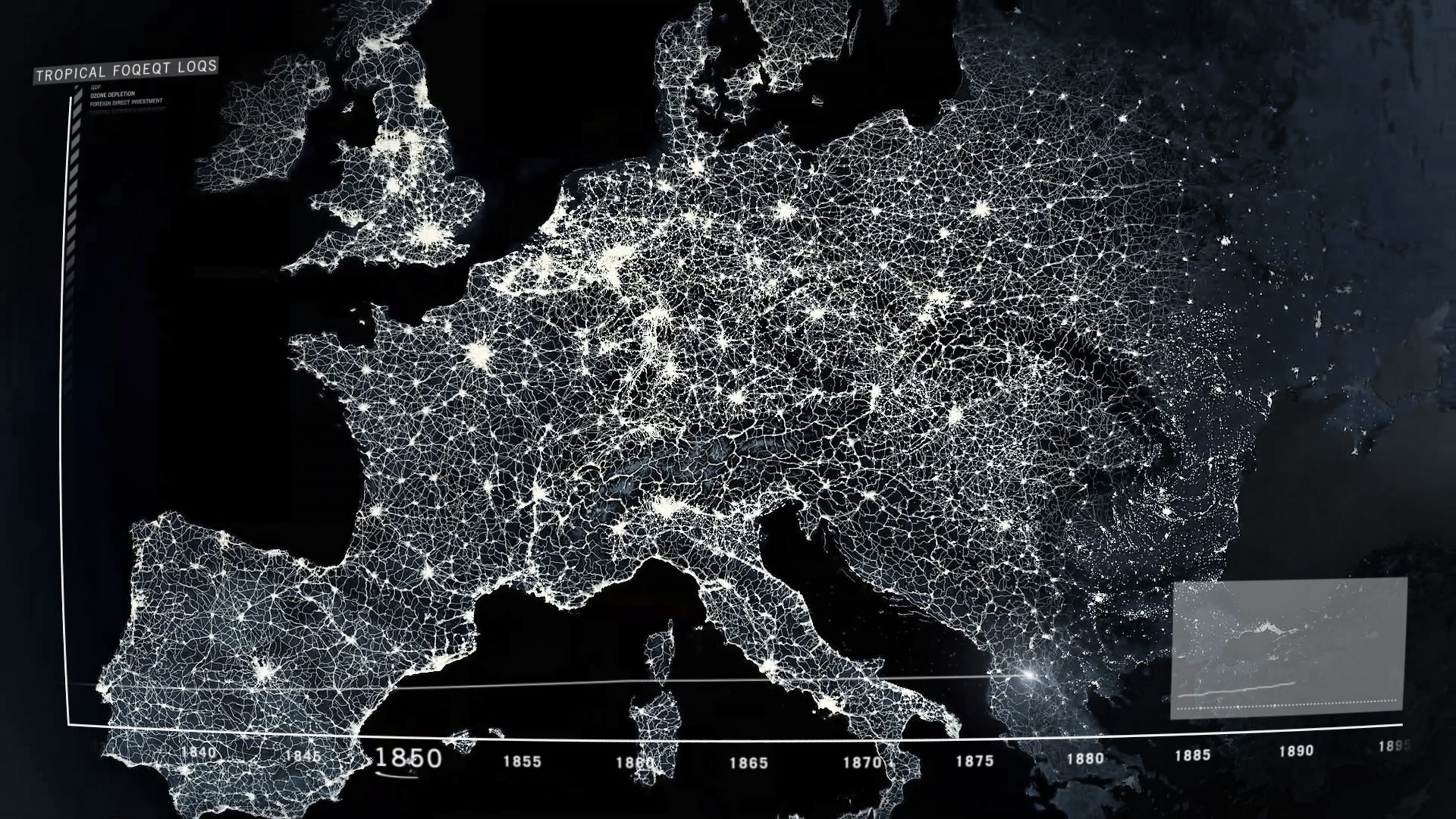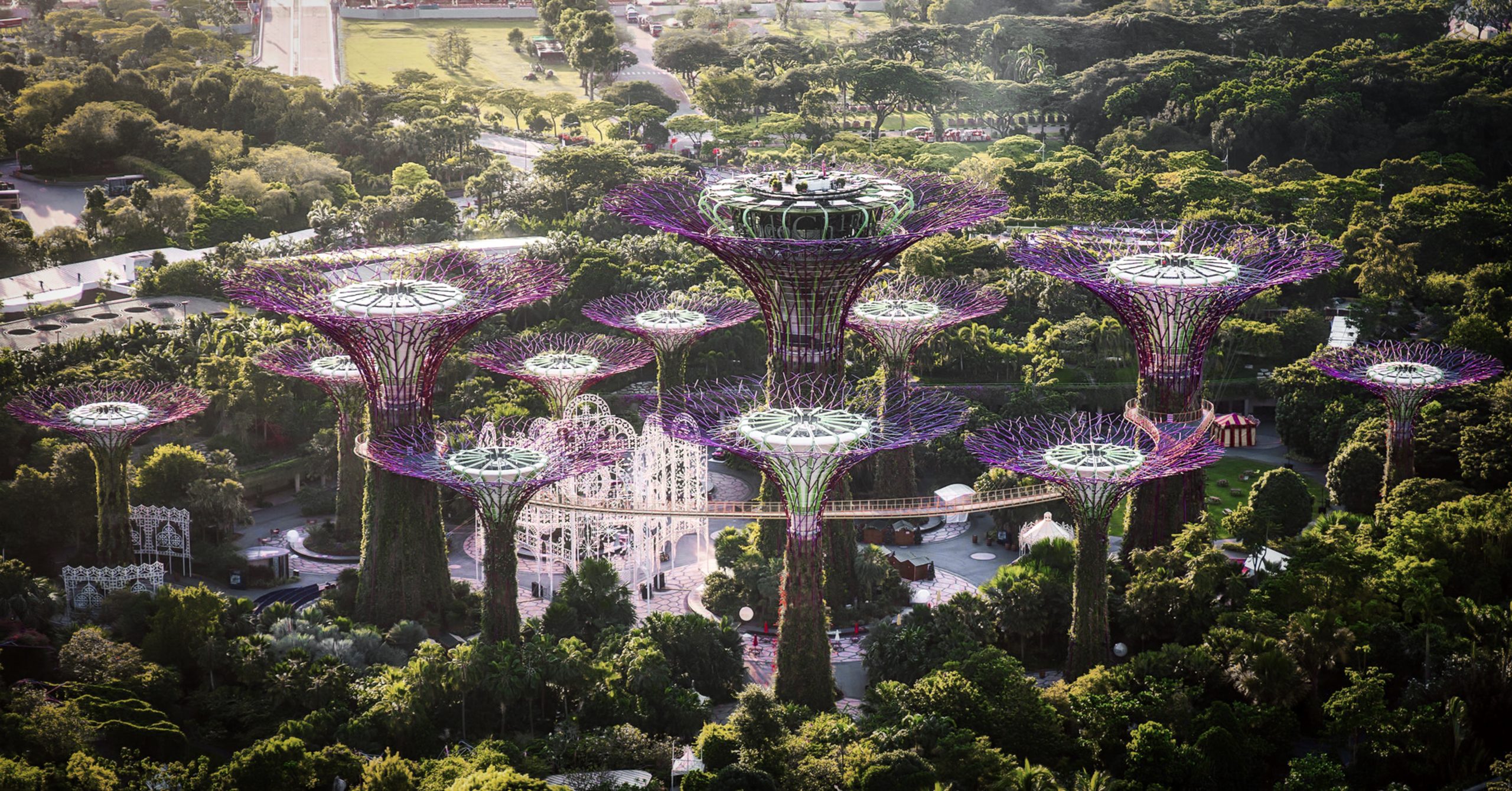In his book Last Chance to See, Douglas Adams made a most insightful declaration when he said that humans “are not an endangered species…but this is not for lack of trying”. As we enter an epoch unofficially dubbed the Anthropocene, it’s even easier to agree with him. The Anthropocene refers to the way we humans have become the architects of our own destruction, wreaking havoc on the planet, fuelling not only environmental collapse but also social and economic conflict.
One of the contributing factors to this all-encompassing impact is anthropogenic, or human-induced, climate change, often driven by contemporary, Westernised lifestyles of convenience, continuous upward growth, rapid technological advance, and unchecked production and consumption. If such a standard of living is idealised and maintained, it may push the planet, its people, and all other inhabitants beyond the edge of extinction because these standards are not sustainable.
Beyond Sustainability
The three Rs of sustainability – reduce, reuse, recycle – promote modes of living that aim to protect the Earth. However, a fourth R could be introduced: regeneration. As opposed to words such as rescuing, mitigating, and sustaining, regeneration infers a more active and positive step. Regeneration encourages lifestyles that not only prevent the world from falling over the edge, but pull it away. Regeneration goes beyond sustainability as it seeks to do more than merely keep in place: regeneration aims to replenish, restore, and renew.
To go beyond sustainability, consumer-driven lifestyles need to be reassessed and adapted. Don’t fret: following a regenerative lifestyle doesn’t necessarily mean you need to sell your worldly possessions, ditch your car and live in a tiny house at the beach (although if you want to, that’d be great too). Regeneration focuses on restoring the environment, minimising consumption, and remembering what truly fulfils us. But to regenerate our lives, we need to regenerate our minds. We need to acquire new ways of thinking about the world.

The world has been terraformed to meet humankind’s ever growing demand for goods and services, creating a global myriad of connecting cities.
Regeneration in Thought
In her book, This Changes Everything: Capitalism vs. the Climate, Naomi Klein writes that “a very different worldview can be our salvation”. Covid-19 has forced us to look at the world in a different way, unwittingly pressing different habits and ways of thinking upon us. In a time when people are moving around less, losing jobs, and have less access to resources, bartering has come into play within communities. In addition to bringing the community together, bartering creates a circular economy with material goods receiving a second life and food not going to waste.
Bartering is hardly a new concept to humankind, reaching all the way back in history to the Mesopotamians in 6000 B.C. A practice such as bartering coming into play (or regenerating) points to a need to find different (not necessarily new) modes of living that consider environmental and social welfare as priorities, instead of falling far below economic concerns. It also emphasises a need to understand and appreciate indigenous and folk knowledge, particularly when it helps us live in harmony with nature.
As the environment comes more and more into focus in the 21st century, so does the need to act together and rediscover the inherent value in nature by realising (or rather, remembering) that we are a part of nature. An ecocentric view may help us realign our outlook, goals, and thus our lifestyles to serve the planet, its natural systems, and all its inhabitants. It’s a mindset that has gained traction with millennials and Generation Z as they lose faith in the ability (or even interest) of adults and leaders to protect their futures. This is seen vividly in the work of Greta Thunberg who has sparked a call to action amongst the youth around the world in combatting climate change and protecting the planet.
Regeneration in Popular Culture
However, eco-conscious thinking and the advocation of regenerative lifestyles are not exclusive to today’s youth nor are they a new or modern concept. Many indigenous ways of life centre on being part of nature. Within Western society examples can also be cited of the rejection of consumerism and individualism, as well as warnings of the consequences of our actions against nature. Look at the life and work of Henry David Thoreau; the publication of Silent Spring by Rachel Carson; or the words of Spock who emphasised that “the needs of the many outweigh the needs of the few”. More recently, the focus on anthropogenic climate change has led to the emergence of a genre in literature known as climate fiction. On the flip side of the same coin is solarpunk fiction, envisioning brighter futures that do not end in apocalyptic horror as their counterparts tend to.
Imagine if world leaders paid more attention to arts and culture. Perhaps they would be compelled to action sooner and more effectively if they reflected on the nightmare visions of science fiction, inspiring them to be better prepared to face environmental devastation, natural disasters, and global pandemics. Or, more optimistically, be inspired to create a blueprint for future cities and farms that serve the needs of many. They do it for war, why not the Earth too?

Gardens by the Bay was part of Singapore’s plans to transform its “Garden City” to a “City in a Garden”, with the aim of raising the quality of life by enhancing greenery and flora in the city. Measuring between 25 and 50 metres tall, the Supertrees are designed with large canopies that provide shade in the day and come alive with an exhilarating display of lights and sounds at night.
Regeneration in Practice
Again, that’s not to say you need to move to the woods and grow your own food (although the latter is easy enough in your own backyard, which I decided to do during Covid lockdown) There is also no need to abandon technology. In fact, “Solarpunk” envisions futures that promote melding the technology of clean, renewable energy with nature into a near Utopia – think of Wakanda as a great model. This outlook is not merely fictitious, as a movement known as technogaianism places a positive emphasis on technology as a tool that can help restore the Earth’s environment.
But regenerative lifestyles are not just about restoring nature, but also about restoring it into our lives. Interacting with nature – whether it’s a walk in the woods, a stroll along the beach, visiting a park, or sitting under a tree in your garden – can have positive effects on our mental health. Incorporating it into other aspects of our lives and societies – whether through science, art, or technology – can also bring us closer to nature and regenerate the Earth. Biomimicry, for example, has done this in the field of design and architecture by learning from and mimicking nature to solve human design challenges.
Outside of cities, nature and technology continue to merge as they have since the dawn of agriculture around 10 000 years ago. In the subsequent centuries, many destructive and non-sustainable practices have been introduced and adopted such as monocropping and the use of pesticides. But agriculture, like the solarpunk cities of brighter tomorrows, can be regenerative. Permaculture – or permanent agriculture – is an example. As described by its pioneer and champion Bill Mollison, it is “the conscious design and maintenance of agriculturally productive systems which have the diversity, stability, and resilience of natural ecosystems”.
It is when we look to nature and its systems that we often find solutions. This regenerative philosophy can even extend into the most unlikely of places: the office space. Navi Radjou says companies could work like a forest by incorporating regenerative practices rather than just sustainable ones: instead of merely trying to minimise their ecological footprint, companies should increase their socioecological handprint. Corporations, businesses, institutions, and governments are becoming more cognisant of the dilemma of the Anthropocene, the need for sustainability, and the benefits of regeneration. Green new deals, fossil fuel divestment, climate strikes, and international agreements are all profound indicators of a shift in environmental awareness and action.
On an individual and community level, there is much we can do from our own homes as we move away from consumerism and towards self-sufficiency. Regenerative lifestyles are a move toward restoring the Earth while reconnecting us to nature so that we are a part of it and not apart from it. And when we come together to achieve these goals, the collective impact becomes even greater. If we can be the architects of our own destruction, surely we can also be the architects of our own salvation. But how and in what ways can we shape this future? Find out as I explore this question in my next article.
If you like this article, spread the word by sharing it on Facebook or LinkedIn!


